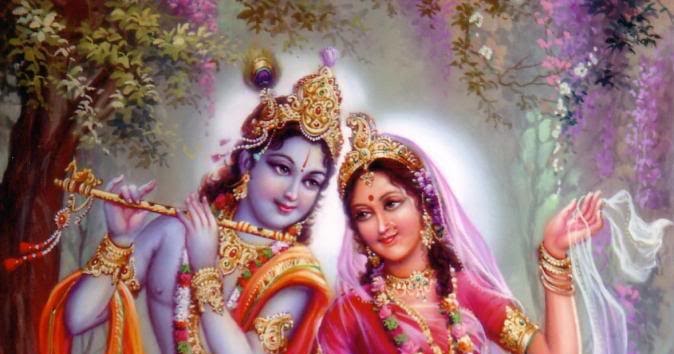|
Who is Sant or Sattvika Person -The Shrimad Bhagavad Gita
॥ श्रीमद्भगवद्गीता ॥ ॥ ॐ श्री परमात्मने नमः ॥ ॥ अथ श्रीमद्भगवद्गीता ॥ Shree Krishna has explained in chapters 14, 16 17 and 18 of Shrimad Bhagavad Gita about the different personalities of persons which are caused by the root material i.e. Prakriti (nature) having three attributes viz. Sattva, Rajas and Tamas in varying proportion. The different characteristics viz. state of mind, actions & doership, charity, spiritual duties, food habits, true knowledge, intellect, determination, joy and re-birth spell out about the Sattvika person. Sattvika persons are virtuous & kind and are having restraint of senses, regulation of the organs, freedom from enmity, correct judgement, the attainment of knowledge and supernatural powers. The Sattva being clean, is illuminating and flawless, it binds through attachment to happiness and knowledge (14.6). Sattva draws one to pleasure (14.9). Overpowering Rajas and Tamas, Sattva prevails (14.10). Wisdom and discernment in the body, mind and senses, Sattva element predominates. (14.11). Whatever is done without vanity (self-importance), but is motivated by the good of others and has the grace of God in mind, is sattvika. Those who are sattvika desire salvation and cultivate renunciation, divine love without motive, actions dedicated to God etc. and they will be drawn to Divine manifestations that bestow these excellences. Sattvika has effects like luminosity, peace, knowledge and pleasure and objects with such properties. Knowledge dominated by Sattva leads to understanding of unity in diversity; actions dominated by it tend to detachment and freedom from passionate affiliations; a doer dominated by it is comparatively free from ego-sense and attachment but yet does not lack enthusiasm and interest in the work; the intelligence dominate it is always accompanied by moral sensibility and eye on spiritual side of things; strength of mind is dominated by it expressed as control of senses & the mind and strict adherence to principles; and experience dominated by it is painful in the beginning due to difficulties in discipline, but ends in great bliss. The main attributes of Sattvika Person (Saint) are listed as under (in bracket, chapter.verse) (the relevant Sanskrit verses of Bhagavad Gita are mentioned at the bottom):
0 Comments
|

 RSS Feed
RSS Feed